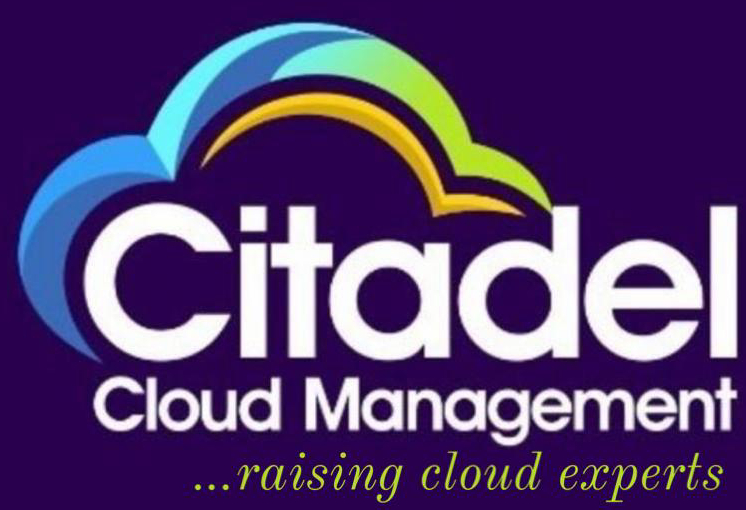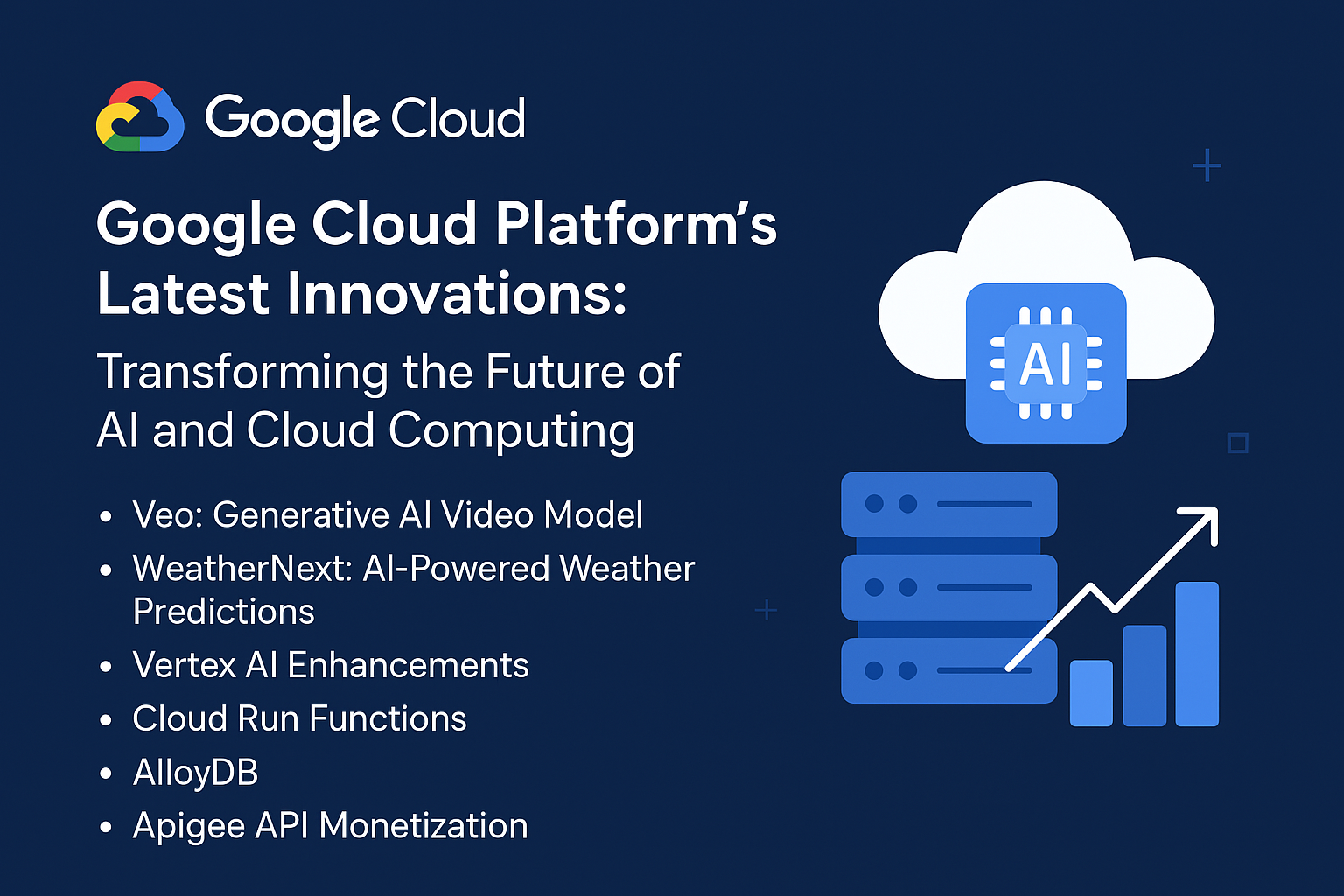In the contemporary digital landscape, cloud computing has revolutionized how businesses operate. With its capacity for scalability, flexibility, and cost-effectiveness, cloud computing offers a transformative shift from traditional IT infrastructure. However, the crucial question that many decision-makers grapple with is: what is the Return on Investment (ROI) for infrastructure investment in cloud computing? This article delves into the key aspects of ROI in cloud computing, exploring how businesses can gauge the value of their investments and maximize their returns.
Understanding Cloud Computing Infrastructure
Cloud computing infrastructure involves a network of remote servers hosted on the internet to store, manage, and process data. This infrastructure can be broadly categorized into three models:
- Infrastructure as a Service (IaaS): Provides virtualized computing resources over the internet.
- Platform as a Service (PaaS): Offers hardware and software tools over the internet, typically used for application development.
- Software as a Service (SaaS): Delivers software applications over the internet, on a subscription basis.
Each model provides different levels of control, flexibility, and management, which can influence the overall ROI of cloud investments.
Financial Benefits of Cloud Computing Infrastructure
Cost Savings
One of the most significant financial advantages of cloud computing is cost savings. Traditional IT infrastructure requires substantial upfront capital expenditures for hardware, software, and maintenance. In contrast, cloud computing operates on a pay-as-you-go model, converting capital expenditures into operational expenditures.
Key Cost Benefits:
- Reduced Hardware Costs: Cloud services eliminate the need for purchasing and maintaining physical hardware.
- Lower Energy Costs: Data centers operated by cloud providers are optimized for energy efficiency, reducing electricity expenses.
- Decreased IT Staffing Costs: Cloud providers manage the infrastructure, reducing the need for a large in-house IT team.
For a detailed breakdown of cost savings, you can review this Cost-Benefit Analysis of Cloud Computing.
Scalability and Flexibility
Cloud computing offers remarkable scalability, allowing businesses to adjust their resources according to demand. This elasticity means that companies can efficiently manage varying workloads without incurring unnecessary costs.
Scalability Benefits:
- On-Demand Resource Allocation: Scale resources up or down as needed without over-provisioning.
- Enhanced Flexibility: Quickly deploy new applications or services without investing in additional infrastructure.
Explore more on scalability and flexibility in this Cloud Computing Scalability Report.
Enhanced Productivity and Innovation
Cloud computing fosters innovation by providing access to cutting-edge technologies without significant upfront investments. It allows organizations to focus on their core competencies rather than managing IT infrastructure.
Productivity Benefits:
- Faster Deployment: Rapidly deploy and iterate applications, accelerating time-to-market.
- Access to Advanced Technologies: Utilize advanced technologies like AI, machine learning, and big data analytics available through cloud services.
Check out this White Paper on Cloud Innovation for additional insights.
Measuring ROI in Cloud Computing
Key Performance Indicators (KPIs)
To measure ROI effectively, businesses need to track specific KPIs related to cloud computing investments. These indicators help evaluate financial benefits and overall performance.
Common KPIs Include:
- Cost Efficiency: Comparison of cloud-related expenditures with traditional IT costs.
- Performance Improvement: Metrics related to application performance and system uptime.
- User Satisfaction: Feedback from users regarding the efficiency and effectiveness of cloud-based services.
For a comprehensive guide on KPIs, see this Guide to Cloud Computing KPIs.
ROI Calculation Methodologies
Calculating ROI for cloud investments involves comparing the financial benefits against the costs. Common methodologies include:
- Simple ROI Formula: (Net Profit from Cloud Investment / Cost of Investment) x 100
- Total Cost of Ownership (TCO): A comprehensive evaluation of all costs associated with cloud computing, including initial setup, ongoing expenses, and potential savings.
For more on ROI calculations, refer to this ROI Calculation Methodology Report.
Case Studies: Real-World Examples
Case Study 1: Financial Sector
A leading financial institution invested in cloud infrastructure to enhance its data processing capabilities. The move resulted in a 30% reduction in IT costs and a 40% improvement in operational efficiency. Additionally, the institution leveraged cloud-based analytics to gain deeper insights into customer behaviors, driving increased revenue.
Read the full case study in this Financial Sector Cloud Adoption Report.
Case Study 2: E-commerce Industry
An e-commerce company migrated to the cloud to handle seasonal traffic spikes. The cloud infrastructure allowed the company to scale resources dynamically, avoiding over-provisioning during off-peak periods. This approach led to a 50% reduction in infrastructure costs and a 20% increase in customer satisfaction due to improved website performance.
Explore this E-commerce Cloud Migration Case Study for more details.
Challenges and Considerations
Security and Compliance
While cloud computing offers numerous benefits, security and compliance are critical concerns. Businesses must ensure that their cloud providers adhere to industry standards and regulations. Implementing robust security measures and conducting regular audits are essential practices to mitigate risks.
For more information on cloud security, visit this Cloud Security Best Practices Guide.
Data Migration and Integration
Migrating data to the cloud and integrating it with existing systems can be complex. Businesses need to plan and execute data migration strategies carefully to avoid disruptions and ensure data integrity.
Refer to this Data Migration Strategies for Cloud for detailed guidance.
Future Trends in Cloud Computing ROI
Edge Computing
Edge computing, which involves processing data closer to its source, is expected to enhance cloud computing ROI by reducing latency and improving performance. As businesses increasingly adopt IoT devices and real-time analytics, edge computing will become a vital component of cloud strategies.
Read more about edge computing in this Edge Computing Trends Report.
AI and Automation
Artificial Intelligence (AI) and automation are transforming cloud computing by optimizing resource management, enhancing security, and providing advanced analytics. Investing in AI-driven cloud solutions can further amplify ROI by increasing operational efficiency and innovation.
For insights on AI in cloud computing, see this AI and Cloud Computing Overview.
Conclusion
Investing in cloud computing infrastructure offers substantial benefits, including cost savings, scalability, and enhanced productivity. By carefully measuring ROI through relevant KPIs and considering real-world case studies, businesses can make informed decisions about their cloud investments. While challenges such as security and data migration exist, strategic planning and leveraging future trends can optimize returns and drive growth.
For further reading on cloud computing ROI and investment strategies, check out these resources:
- The Future of Cloud Computing
- Maximizing ROI in Cloud Investments
- Cloud Computing ROI Best Practices
By staying informed and strategically managing cloud investments, businesses can harness the full potential of cloud computing to achieve significant returns and drive long-term success.

